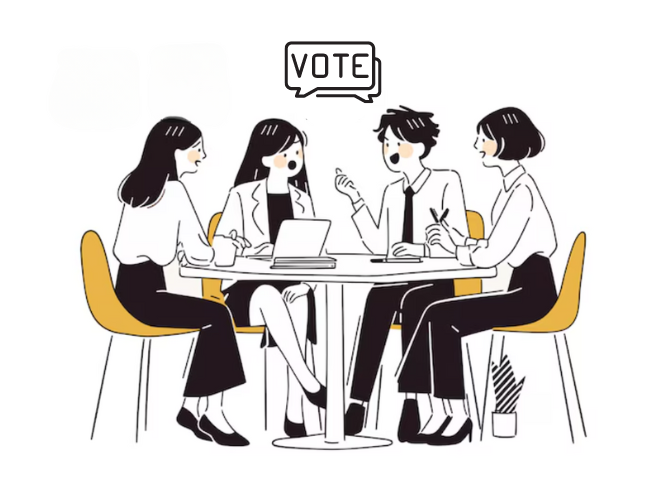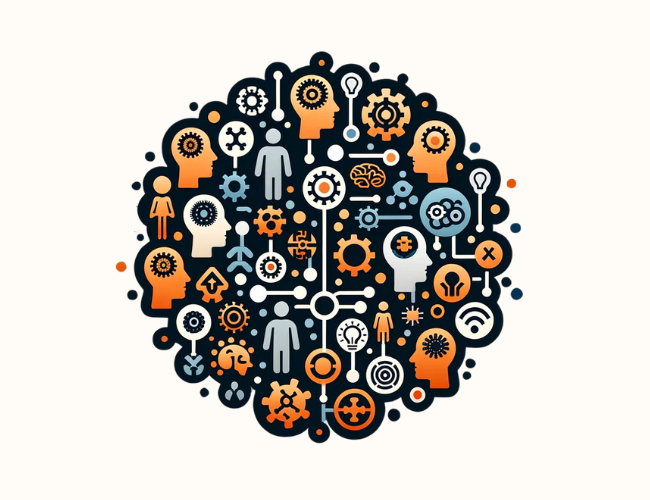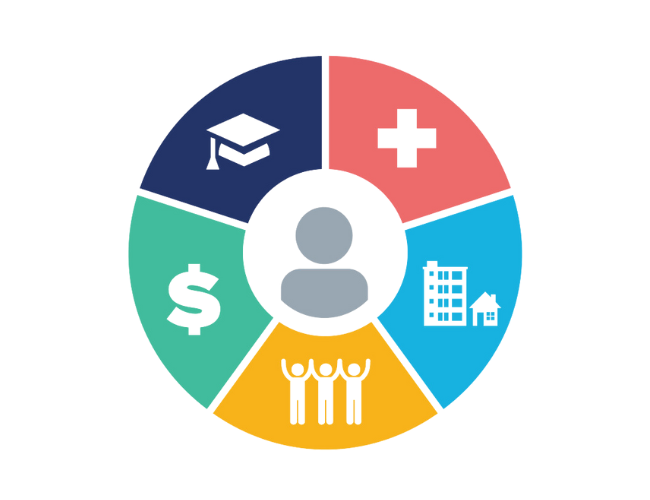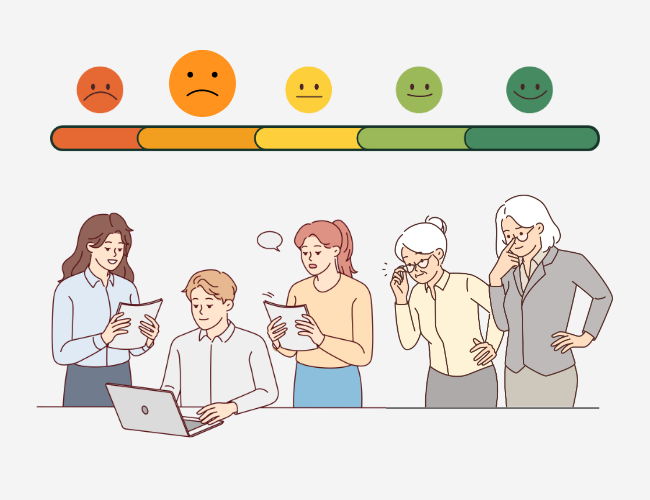What Are Employee Resource Groups (ERGs)?
Employee Resource Groups (ERGs) are employee-led groups centered around common backgrounds, experiences, or interests, such as gender, ethnicity, or sexual orientation. They are fundamental to fostering diversity and inclusion in the workplace, ultimately boosting employee engagement, company image, and workplace culture. HR plays a critical role in ensuring the ongoing success of ERGs by bridging the gap between diverse employee groups and senior management.
Types Of Employee Resource Groups

ERGs are organized around various themes to promote belonging and address specific inclusivity challenges:
Racial and Ethnic ERGs
Racial and ethnic ERGs support employees from diverse racial and ethnic backgrounds, providing spaces to celebrate cultural heritage, promote cross-cultural understanding, and instill a sense of belonging and pride. These groups can organize cultural events, mentorship programs, and discussions on workplace diversity to foster an inclusive environment. By creating platforms for healthy dialogue, racial and ethnic ERGs can help dismantle systemic barriers and foster allyship within an organization.
Gender ERGs
Gender ERGs aim to empower and advance the interests of employees of specific genders, addressing gender equality challenges and promoting workplace inclusivity. They may focus on issues like pay equity, leadership representation, and work-life balance; organize initiatives, such as career development workshops; and advocate for family-friendly policies. Gender ERGs also serve as a safe space to discuss and challenge stereotypes, creating a more equitable workplace for all genders.
LGBTQ+ ERGs
LGBTQ+ ERGs support LGBTQ+ employees by advocating for inclusivity, equality, and acceptance. These groups often work on initiatives that combat discrimination, raise awareness around LGBTQ+ issues, and promote policies like inclusive benefits and anti-discrimination training. They also provide a safe and supportive environment where employees can share experiences and celebrate pride.
Disability ERGs
Disability ERGs focus on raising awareness about disabilities, advocating for accessibility, and supporting employees with differing abilities. These groups promote a work environment that accommodates diverse needs and educate the wider workforce about disability-related challenges, such as the importance of accessible technology or flexible work arrangements.
Intersectionality Considerations
Intersectionality refers to the overlap of various social identities and the cumulative way they contribute to discrimination or privilege. Acknowledging intersectionality within ERGs ensures that the challenges faced by employees embodying multiple marginalized identities are addressed. This holistic perspective allows ERGs to effectively contribute to broader diversity, inclusion, and equity goals.
Value Of ERGs For Organizations
Diversity & Inclusion
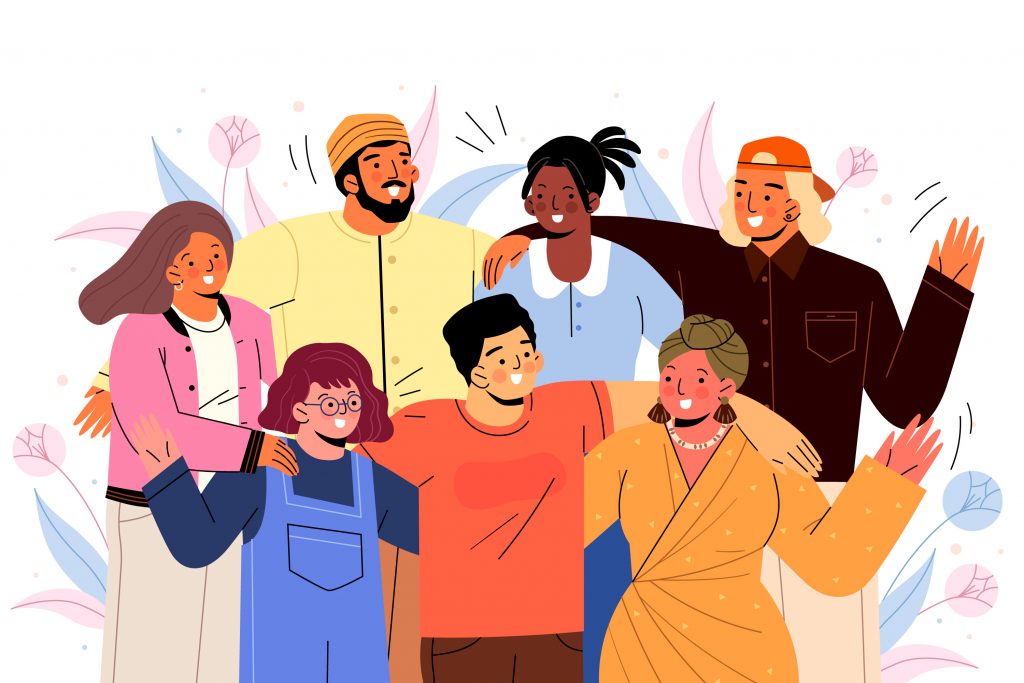
The most crucial aspect of ERGs is promoting diversity and inclusion within an organization. This is achieved in several ways:
- Amplifies underrepresented voices: ERGs offer a platform for underrepresented groups to express their concerns and influence policies, ensuring diverse perspectives are considered in decision-making processes.
- Educates and breaks down barriers: Through initiatives like workshops and training sessions, ERGs help to dismantle stereotypes and foster a culture of understanding and respect.
- Collaborates for broader impact: Working alongside HR and Diversity and Inclusion teams, ERGs help shape inclusive policies and practices. Their active participation ensures strategies are comprehensive and reflect diverse employee needs.
Leadership Development
By organizing events and leading initiatives, ERG members hone important skills such as project management, public speaking, and teamwork, laying a solid foundation for leadership development. Additionally, ERGs provide networking and mentorship opportunities that guide professional growth, especially for underrepresented employees. These opportunities pave the way for career advancement and help cultivate a diverse leadership pipeline.
Employer Branding
ERGs showcase an organization’s commitment to diversity and inclusion, making it more attractive to prospective talent. Through their active engagement in community outreach, diversity initiatives, and public events, ERGs strengthen a company’s reputation as a progressive and inclusive place to work.
Employee Engagement
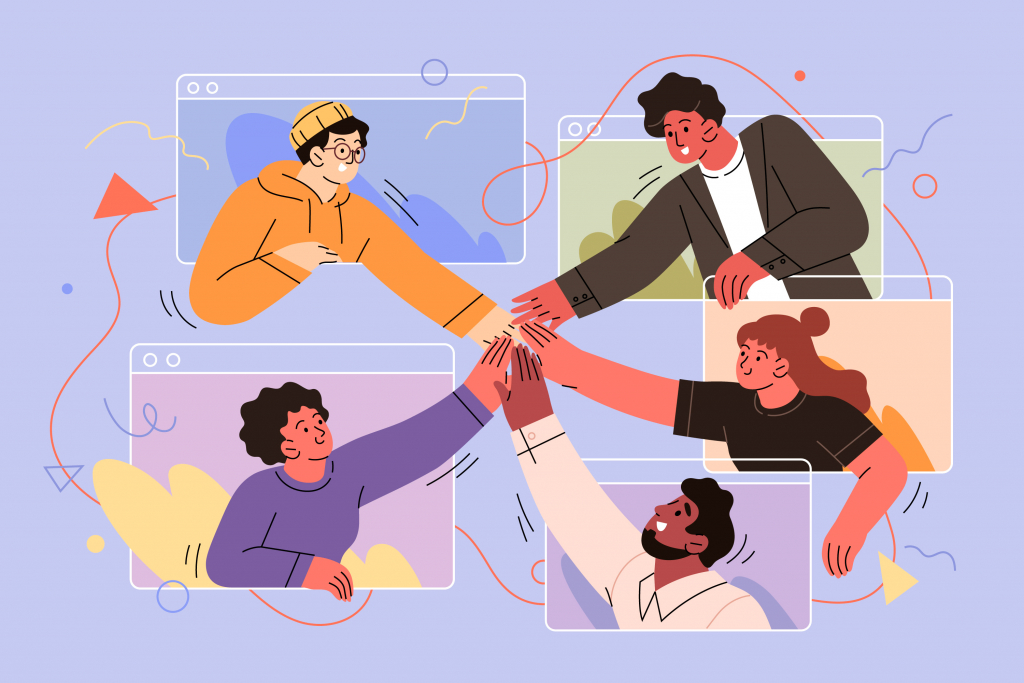
ERG members feel a sense of belonging and connection with their colleagues, boosting their job satisfaction and morale. When employees have a strong support system, they are more likely to be motivated, productive, and committed to their work.
How HR Can Support The Launch Of ERGs
1. Assessing Interest
Conduct anonymous surveys or focus groups to pinpoint employees’ desires for potential ERG themes. In addition to common themes (e.g., racial and ethnic, gender, generational) consider exploring topics that address modern workplace needs, like mental health advocacy, remote work arrangements, or caregiving responsibilities. Gathering this data ensures that the ERGs have a strong foundation of member interest and engagement.
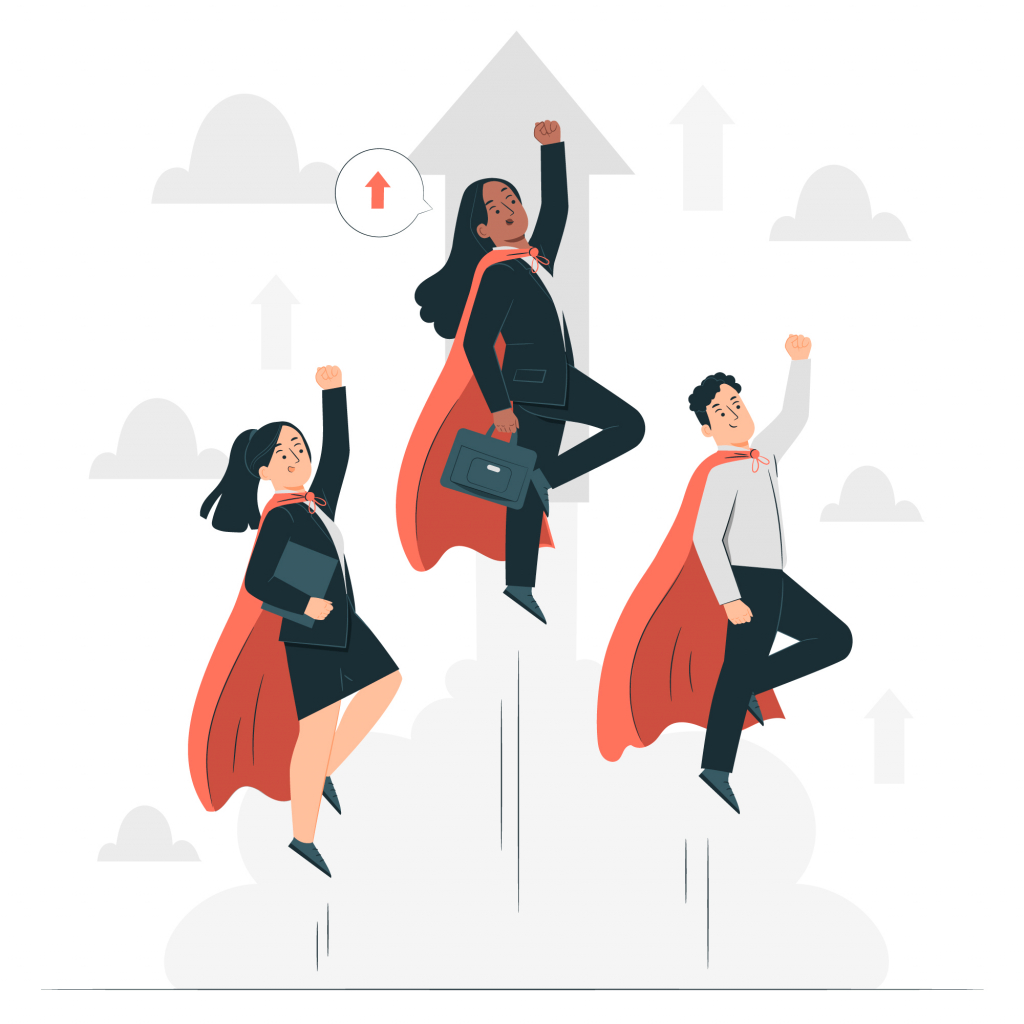
2. Securing Leadership Support
Identify leaders who are genuinely committed to diversity and inclusion and can provide ERGs with necessary visibility, guidance, and resources. Leaders should champion ERGs publicly and help remove barriers by advocating for budgets, resource allocation, and strategic alignment with company goals. Strong leadership support signals to the rest of the organization that ERGs are a valued part of the company’s culture and long-term DEI efforts.
3. Recruit Volunteer Leaders
ERG leaders should be voluntary employees, ensuring they’re passionate about the ERG’s theme and motivated to mobilize their colleagues around common goals. These leaders should be prepared to lead initiatives, facilitate meetings, and advocate for the ERG’s objectives. HR can support leaders by providing tools and resources to sustain their efforts, such as access to communication platforms or project management tools.
4. Create Clear Guidelines
Collaborate with ERG leaders to establish each group’s objectives, structure, and budget, aligning with organizational values and goals. Clear guidelines help ensure accountability, effective communication, and the successful implementation of initiatives that support the needs of all employees. This includes details on:
- Membership
- Leadership roles
- Meeting schedules
- Communication plans
5. Training & Development
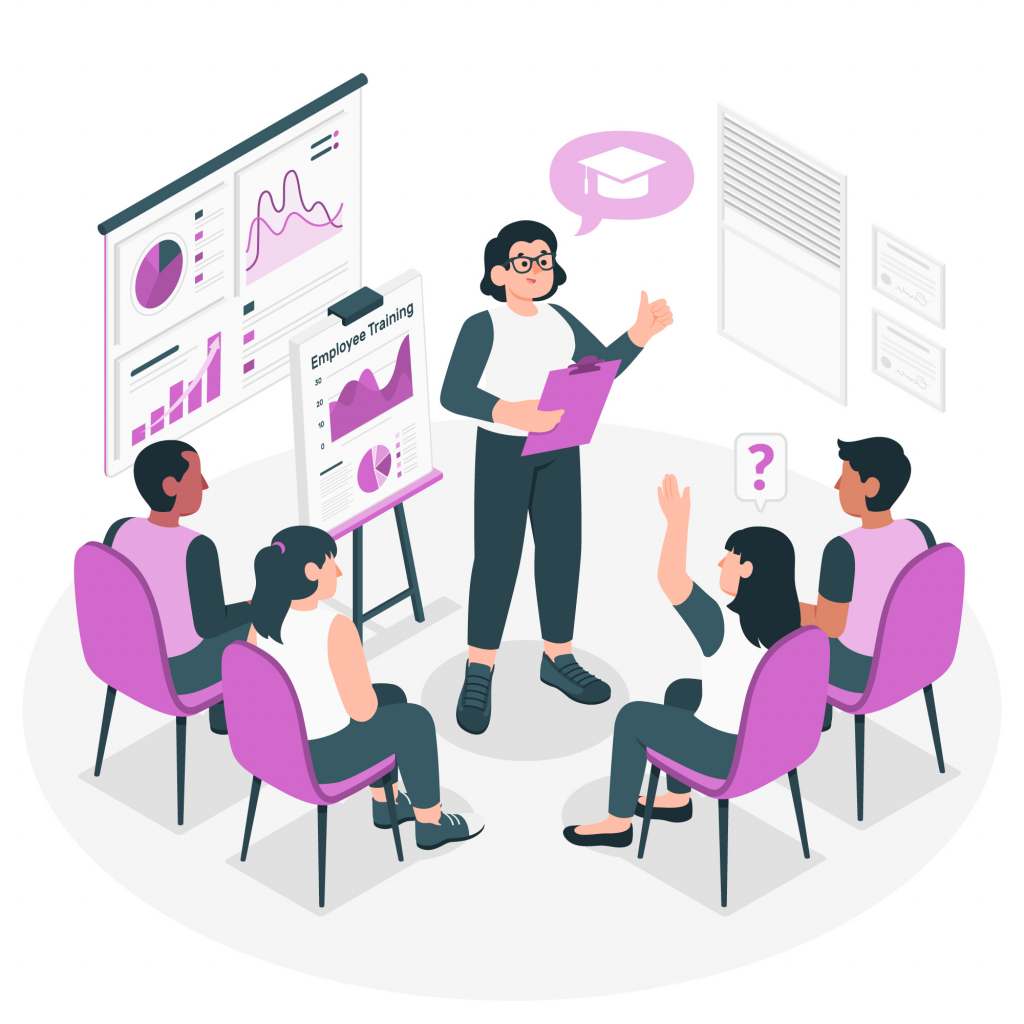
Provide ERG leaders with training in areas such as project management, communication skills, emotional intelligence, and conflict resolution. Offering access to external conferences, webinars, and workshops focused on diversity and inclusion further empowers ERG leaders with relevant expertise. These opportunities build confidence in addressing sensitive issues and promoting constructive dialogues that drive meaningful change.
6. Promote & Launch
Develop a communication plan to raise awareness about ERGs and encourage employee participation. This may involve internal marketing efforts, such as email campaigns and launch events. Highlight success stories from other organizations or internally successful ERGs to build excitement and show the potential impact these groups can have.
Best Practices For Nurturing ERG Success
For ERGs to be successful long-term, HR must commit to an ongoing process of adaptation and consistent attention.
1. Facilitate Collaboration
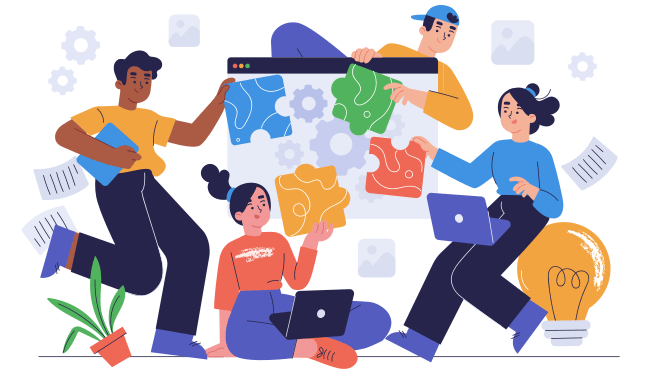
Identify opportunities for ERGs to align their activities with diversity and inclusion targets or community outreach programs. This amplifies the impact of ERGs and ensures their efforts are recognized at all levels of the organization.
2. Celebrate Successes
Display ERG accomplishments through company announcements, newsletters, and social media, highlighting their contributions to the organization and community.
3. Address Obstacles
HR plays a key role in helping ERGs navigate challenges, whether they’re internal conflicts, sensitive topics, or declining engagement. Providing conflict resolution training, facilitating discussions on challenging subjects, and offering strategies to boost participation are ways HR can support ERG leaders.
4. Measure Impact & Improve
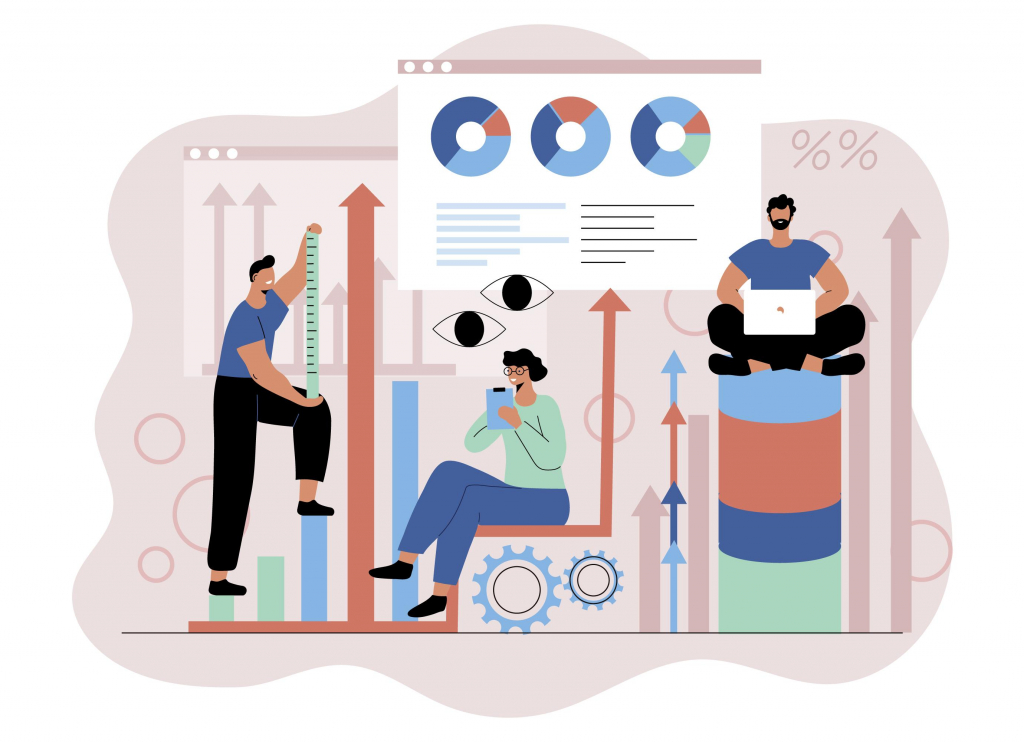
Consider these key performance indicators (KPIs) to measure the impact and effectiveness of ERGs:
- Employee engagement: Use surveys or feedback mechanisms to assess the level of engagement and satisfaction among ERG participants.
- Talent development: Track the career progression and development opportunities provided to ERG members.
- Innovation and problem-solving: Identify ideas and initiatives generated by ERGs that have positively impacted the organization.
- Retention rates: Monitor the retention rates of employees involved in ERGs compared to the overall employee population.
These KPIs can guide continuous improvements that ensure ERGs remain relevant to the changing needs of their members and the organization.
This article was last updated on October 23, 2024




